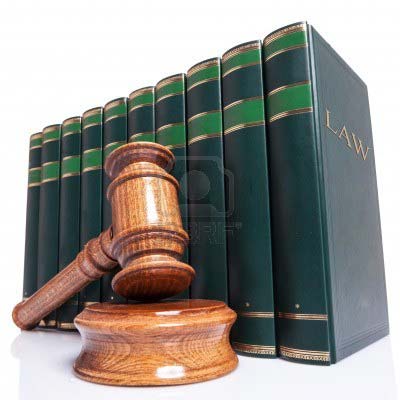Docket Alarm, owned by Fastcase, has introduced a new tool using the artificial intelligence of GPT-3 that allows legal professionals to view summaries of litigation filings without having to open and read the underlying PDF document. The tool is a simple yet practical application of GPT-3, taking advantage of its ability to create summaries rather than generate content from scratch.
To use the tool, legal professionals simply mouse over the link to any document while browsing a court docket sheet. A pop-up appears with the option “Create GPT Summary”; within seconds, bullet points are displayed with a summary of the document. The feature is available to all Docket Alarm subscribers at no additional cost and works on any court or agency that Docket Alarm covers.
The summaries generated by the tool are not of the entire document but rather roughly the first 3,000 words, which Docket Alarm automatically captures as text and sends to GPT’s Davinci model. The tool saves time for legal professionals, as they can quickly triage which documents they need to read in full and which they can skip over without having to download and view each attachment.
Docket Alarm founder Michael Sander cautions legal professionals to rely on something other than AI-generated summaries, as they are experimental and not always perfect. He emphasizes that the tool is merely using AI to solve a small problem in the legal workflow and is not meant to replace lawyers. The summaries generated by the tool should be used as a preview tool but not for legal work or representing clients, as accuracy is only sometimes guaranteed.
Ed Walters, CEO of Fastcase, compares the tool to headnotes for legal cases. It manages the unstructured information in Docket Alarm’s PDFs, often in hundreds or thousands per case. He notes that the tool is not a magical robot lawyer but rather a method for text summarization to automate the tedious and time-consuming parts of the legal process.
In conclusion, Docket Alarm’s new tool is a step forward in using AI to improve the legal workflow and save time for legal professionals. It is not meant to replace human judgment but rather to assist legal professionals in managing vast information. The summaries generated by the tool should be used with caution and verified, as accuracy is not always guaranteed.
REFERENCES:
Docket Alarm Now Uses GPT-3 To Show You Summaries Of PDF Litigation Filings As You Review Docket Sheets










































